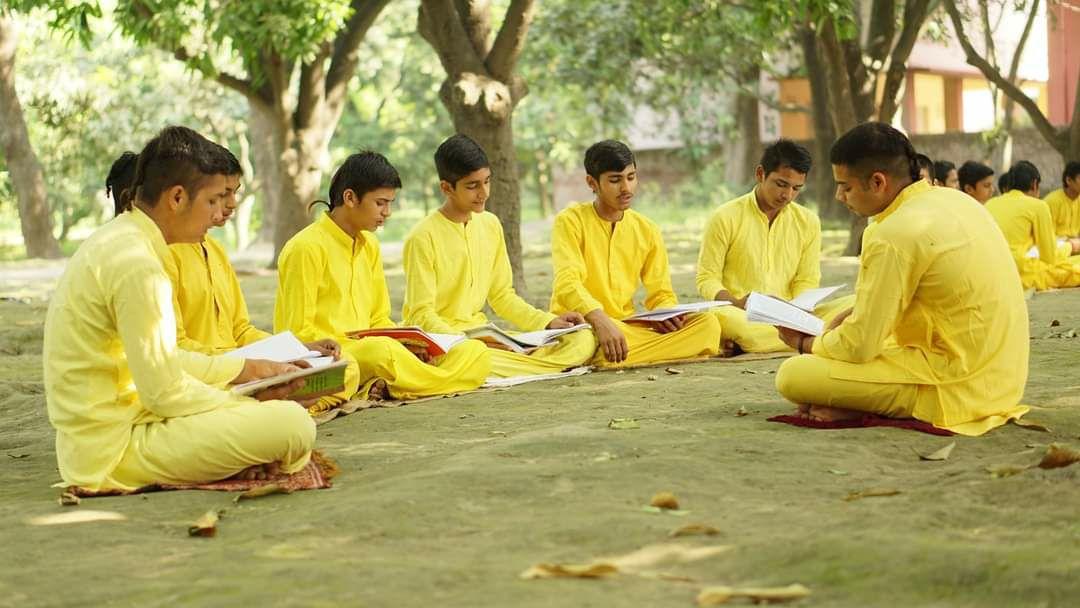
Nowadays Meditation is a familiar topic. Ask the man in the street and he will surely say that yes, he knows what it is about. Actually, most book stores round the world have large sections of books on Meditation, including many best-sellers !
What I want to share with you is how Meditation relates to us and to our daily activities. As you know, Indian Scriptures give a very simple definition of nearly everything, including Dhyaan (Meditation) but the complicated way in which some interpret these simple definitions makes it more difficult to understand.
By Meditation, I mean the way to reach a steadiness of consciousness, nothing more, nothing less. Truly, it is as simple as that: Meditation is not disconnected from real life, it is a part of it. Let me give you an example: to draw a good sketch, a painter has to concentrated and stick to what really reflects his inspiration. So, when his body, his mind, his energy, and his sensitivity together reach a certain level of maturity, that stage is Meditation.
We can say the same about doctors, architects, singers, and teachers, etc.: they can perform well only when they are totally into their professional occupation or career.
Now you wonder if it also happens with ordinary activities that form part of one’s daily routines? I am referring to such things as getting up in the morning, exercising, breakfast, taking the kids to school, rushing off to work or perhaps coming home in the evening and having a drink or watching TV, etc. My answer is NO !
Why ? Because most of these activities are done repetitively day after day, without a sense of clarity and purpose. In other words, consciousness is missing. I think you will agree with me that it is a pity as consciousness could turn many of these activities into positive or creative moments that would contribute to health and self-control.
This is my point: To accomplish one’s potential cannot be fully achieved when a major part of daily life is governed by habits. How to correct this? Once again it is not very complicated. It also requires the assistance of someone who can guide us and make us do all these routine activities with the right level of consciousness.
Traditional wisdom advises us it is best to learn from someone recognized as a guru in a particular field as he or she is the one knowing where the paths to success and failure separate. He can provide answers to questions like what? Why? When? In this context, yoga provides an essential guidance and support. A yoga teacher makes sure that through the practice of his discipline you discover a real living experience. Is there a particular technique ?
Yes but nothing boring or arduous! There are various techniques and ways to do so. One of them teaches us to breathe properly during practice and to master the breathing sequences. It is the role of the yoga teacher to behave as a companion during this apprenticeship.
One more thing…
This learning process includes Meditation with closed eyes. Scriptures say that the eyes are the door of the brain and whatever the eyes see becomes memory and memories activate different types of emotions which are often a cause of instability.
So, to control emotions and to maintain all senses requires that the eyes remain closed during Meditation. It also requires practice under guidance because our mind may spontaneously rebel and allow distractions to interrupt and spoil the Meditation process.
There are days our minds are busy with all sorts of conflicting thoughts and subtle feelings equivalent to different types of energy. This is why the presence of a teacher is essential to teach us how to channel these energies and move forward.
Thank you for your attention.
